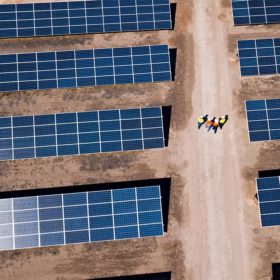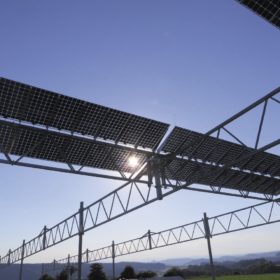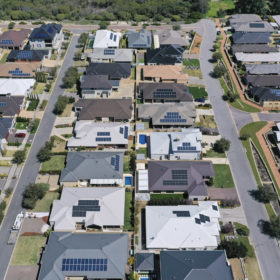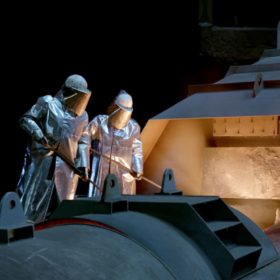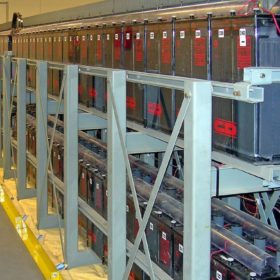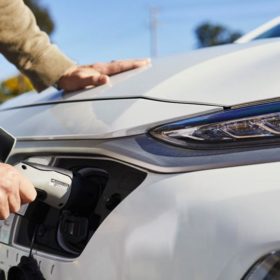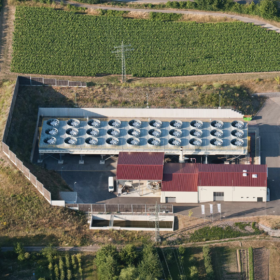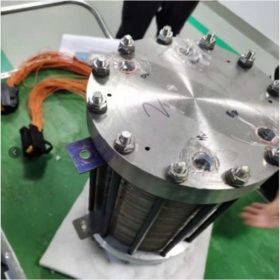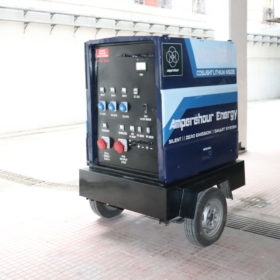UQ targets testing platform to fast-track large-scale grid connections
University of Queensland researchers will seek to develop and test a new platform designed to help streamline the process of connecting large-scale renewable projects to the grid after landing a $498,000 grant from the Australian Renewable Energy Agency.
New method to evaluate performance, LCOE of elevated agrivoltaics
Scientists in Belgium have developed a way to assess elevated agrivoltaic projects, by calculating key performance indicators such as energy yield and levelized cost of energy (LCOE). They have found that shade-tolerant crops such as potatoes could potentially be paired with around 1,290 GW of PV capacity in Europe.
Weekend read: First notes of a West Australian symphony
Project Symphony provides a glimpse into Western Australia’s energy future, argues the project’s communications lead, Megan Allan. With a large, islanded network featuring high levels of rooftop PV penetration, the pilot on Western Australia’s grid is aggregating residential PV into a virtual power plant (VPP) to participate in a simulated bidirectional wholesale electricity market.
Global electrolyser market to reach 8.5 GW by 2026
GlobalData has predicted that the global electrolyser market will hit 8.52 GW by 2026. BP and Thyssenkrupp have agreed to cooperate on the use of hydrogen in the steel sector, while electrolyser supplier Nel Hydrogen has secured orders in Australia and Denmark
The real value of energy storage
An international research team has developed a new way to evaluate the economic value of energy storage technologies. They went beyond pure cost assumptions to consider the benefits that such technologies could bring to energy systems.
Electric vehicles pass remote road test say ANU researchers
Researchers from the Australian National University have declared a major roadblock to the electrification of the nation’s transport sector has been removed with a new study showing electric vehicles can handle the long distances required to travel to essential services in Australia’s remote and regional areas.
Enel & Australian company mull lithium mining in Italy
Enel and Vulcan Energy are looking at the potential for lithium mining at a site near Rome.
Heat pumps ‘grossly underestimated’ technology for Australia’s decarbonisation
Interest and investment in heat pumps has surged in Europe, but in Australia the technology has struggled to find a serious foothold. Industrial heat pumps could reduce ‘hard to abate’ emissions here by 15 million tonnes per annum by 2050, according to new modelling from the Australian Alliance for Energy Productivity though. Despite the potential, dodgy technology suppliers and schemes gone awry have left a bad taste in Australia’s mouth, CEO Jarrod Leak tells pv magazine Australia.
PEM electrolysis coupled with thermal energy storage
Chinese researchers claim to have improved the performance of a proton exchange membrane electrolyser by connecting it to a thermal energy storage system.
Plug-and-play mobile energy storage system
India’s AmpereHour Energy has released MoviGEN, a new lithium-ion-based, mobile energy storage system. It is scalable and can provide clean energy for applications such as on-demand EV charging, remote construction sites, and large-scale outdoor events.
